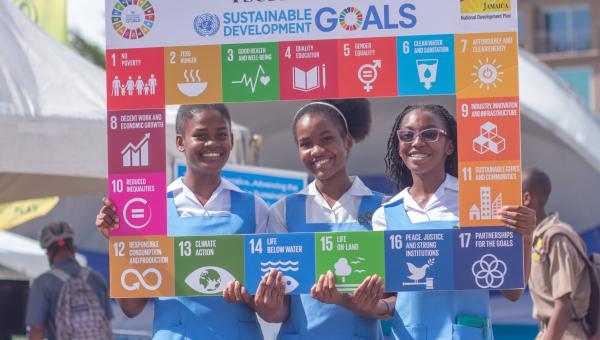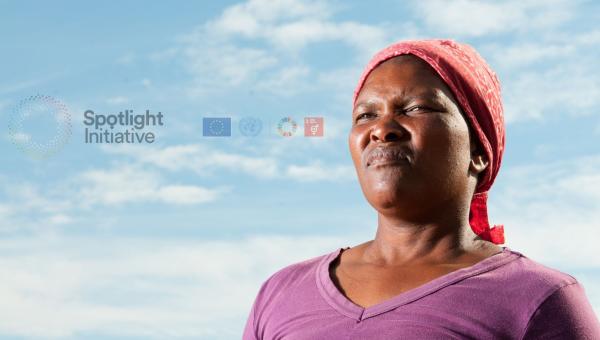Conserving Biodiversity & Reducing Land Degradation
Background
Much of Jamaica's biodiversity and endemism is centered on Cockpit Country which is the focus of the proposed project. The wet limestone forest of Cockpit Country is Jamaica’s largest remaining primary forest and a refuge for rare Jamaican species such as the Black-billed Parrot (Amazona agilis) and the Giant Swallowtail butterfly. At least 66 plants are known to be endemic to the Cockpit Country. Its landscape of steep-sided hills and deep closed valleys eroded from the limestone bedrock is an outstanding example of karst topography. Despite the great ecological diversity of the country and high level of endemism, economic development has accelerated in recent years in Jamaica through new infrastructure developments, expanding transportation networks, tourism and socio-economic growth that is rapidly changing the landscape with consequential threats to biodiversity and ecosystem services.
Introduction
This project aims to address these multiple threats by harmonizing socio-economic development, sustainable management of forests and other natural resources and biodiversity conservation through an integrated ecosystem management approach in biological landscapes in Jamaica. To achieve this, action will be taken to strengthen capacity and coordinated planning at the national, parish and local levels on socio-economic development on the one hand, as well as demonstrate sustainable natural resources management, biodiversity conservation and forest restoration, and alternative livelihood initiatives on the other.
The project objective will be achieved through the implementation of three inter-related and mutually complementary Components designed to address existing barriers. The three components of the project are:
Component 1: Systemic and institutional capacity for integrated landscape management at national level;
Component 2: Application of Integrated landscape planning and management in key biodiversity areas; and
Component 3: Knowledge management, gender mainstreaming and monitoring and evaluation

 Locations
Locations













